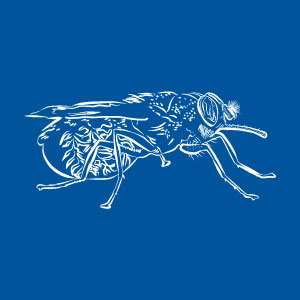
This objective involves meteorological, demographic and epidemiological modelling.
The main outcomes are to understand: first, the way in which humans and tsetse interact and how this affects the risk of acquiring trypanosomiasis; second, how these risks might be affected by climate change; and, third, how increased risk could be avoided or alleviated.
A secondary achievement would be the modelling of very rich data for tsetse and trypanosome populations and meteorology. This could show changes in the distribution of tsetse over time, and the ways in which season and climate influence these changes. This will greatly increase understanding of the relationship between the disease, the vector and climate. It will allow health authorities to make predictions and therefore take appropriate steps to alleviate any increased risk.
The meteorological component involves a historic climate analysis and climate change predictive analysis. Simulation studies are carried out to estimate how climate change will affect the abundance and distribution of tsetse. This is done in order to produce sophisticated models which are able to give useful information on a range of climate change and land use scenarios. The models include rich detail on tsetse biology, for example considering different stages of the tsetse fly life cycle (pupae and adult).








